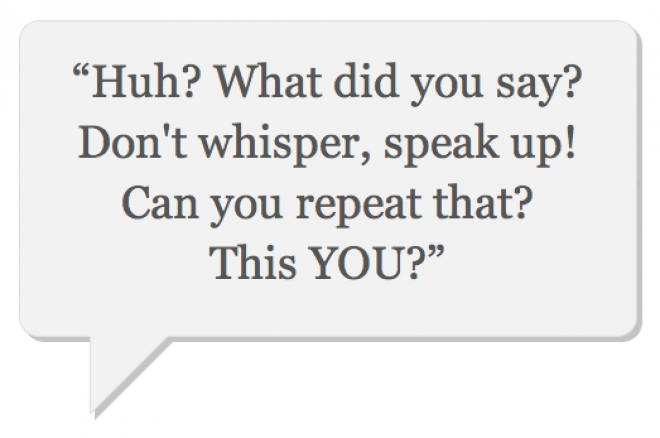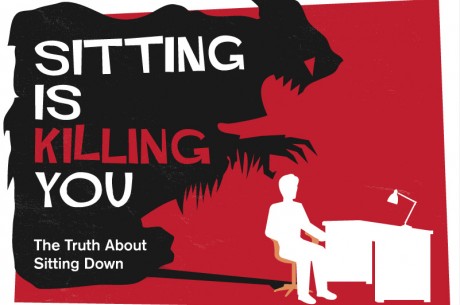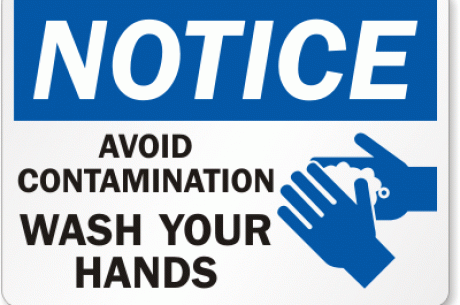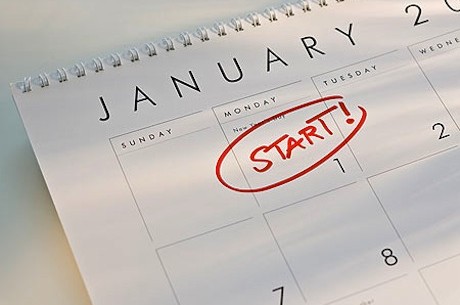Stay Stacked: Turn it Down!

If we asked you to draw a picture of a poker player, it's inevitable that you'd include headphones in your picture. Headphones are a necessity for live poker players because hours on end in the same chair and with the same people can be tedious without our beloved iPods. The only problem is, if you really get into a song, or there happens to be a particular player you��re trying to tune out, then we can get carried away and turn the volume up to a potentially dangerous level, causing noise-induced hearing loss (NIHL).
Just like the rest of our body, our ears are not invincible.
Pediatrics Digest published an article detailing a study conducted on adolescents and young adults that gauged their awareness of the risks of consciously exposing themselves to loud music for entertainment. They found that only 8 percent of nearly 10,000 respondents considered NIHL to be a concern, while 66 percent were open to education of the risks. So, if you��re in that 66 percent, here is your education.
The ear has three parts: the outer (the part we see and touch), middle (No. 1 in the diagram below) and inner ear (No. 2 through No. 9 in the diagram below). The inner ear has an auditory nerve (No. 9 in the diagram below), which is responsible for sound traveling to the brain. NIHL occurs when the inner ear structures are damaged.



The sensitive structures in our inner ear are known as hair cells, which convert sound energy into electrical signals. Once these hair cells are damaged, whether that be from sounds that are too loud or loud sounds that last too long, they cannot grow back. (Source: NIDCD)
NIHL may be ��impulse�� or continuous. Exposure to a single, intense ��impulse�� noise, such as an explosion, can result in immediate, permanent hearing loss. ��Continuous�� exposure, however, is a gradual, painless process of damage, therefore less noticed until too much permanent damage is done. (Source: McKinley Health Center)
What is a noise that is too loud? Standard conversation level is measured at approximately 60dB, which is safe to be exposed to for long periods. According to the McKinley Health Center, ��many experts agree that continual exposure to more than 80 decibels may become dangerous.��
When measuring decibels, keep in mind that it does not follow a linear scale. So this does not mean the abovementioned unsafe zone is just one-third higher than the volume of conversation. Instead, it��s actually 100 times louder.
The scary thought is, our music-listening devices can easily bypass this when used at maximum volume.
Unfortunately, without a decibel meter you can't figure out exactly how loud your music is that's coming from a pair of headphones. When considering the safe zone on your volume control next time, use the following chart for a comparative indication.

So, what do you do now? It��s all about awareness. I��ll be the first to admit how easy it is to get carried away by turning up to maximum volume, but when the factors described above come to mind, it��s just as easy to consider turning the volume down to a safe level.
Here is the good news for poker players �� noise-cancelling headphones can reduce this risk of NIHL. With these headphones eliminating a lot of ambient noise, they reduce the required volume of what you��re listening to. So if you��ve been hesitant to spend big on a pair of noise-cancelling headphones, then now you have even more reason to splurge next time you score a win.
Here's a fun test to see how your hearing measures up to your age group.
This article is in no way intended to replace professional, medical advice. If you are concerned about your hearing then please speak with a specialist. Click here to read more from the Stay Stacked series.








